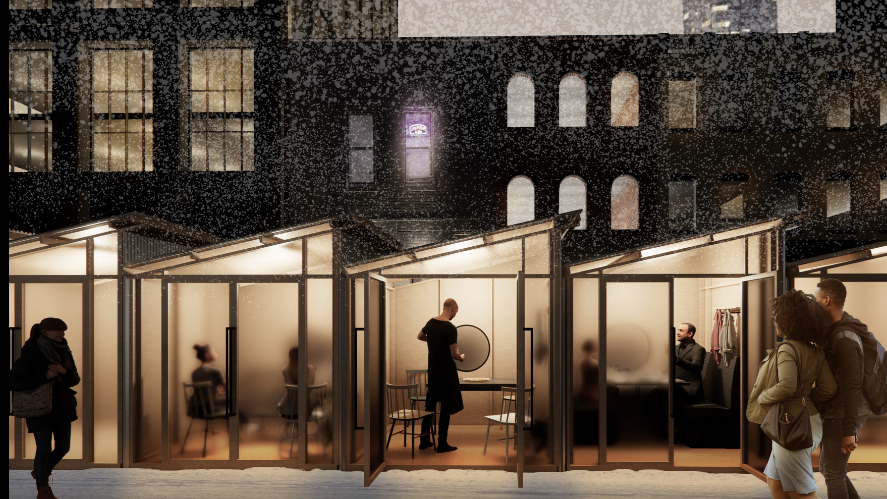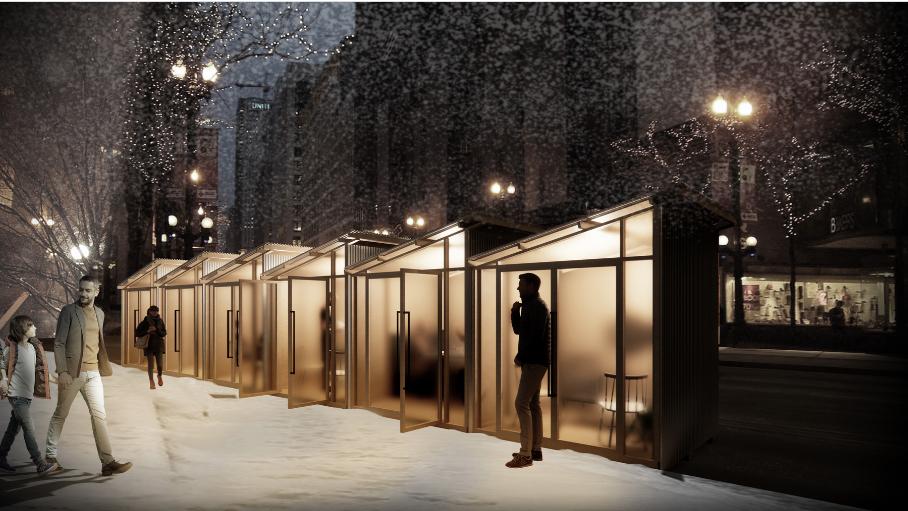ShonTron
Moderator
Member Bio
- Joined
- Apr 24, 2007
- Messages
- 13,147
- Reaction score
- 11,481
- Location
- Ward 13 - Toronto Centre
Really? I thought in North America only NYC and Montréal (island) still banned right on red.
Mexico City recently instituted a no-turn-on-red prohibition.
Right turns on red were legalized in most North American jurisdictions the 1970s as a supposed fuel saving measure. With modern cars - especially those with automatic engine stops, hybrids, and electrics, this has become almost moot.
We only justify it as a convenience for motorists these days.







:format(webp)/cdn.vox-cdn.com/uploads/chorus_image/image/67588632/201002_NN_Open_Restaurant_Winter_Woods_Bagot.0.jpg)